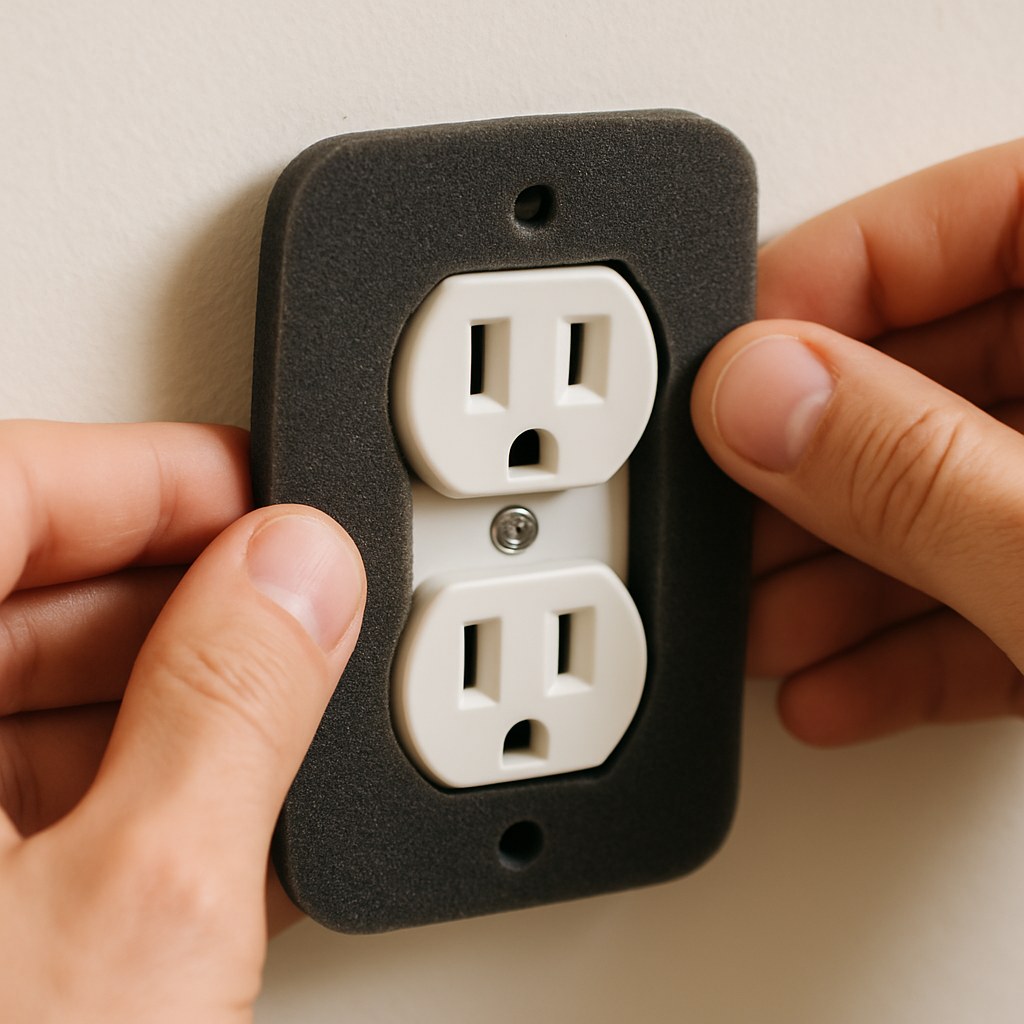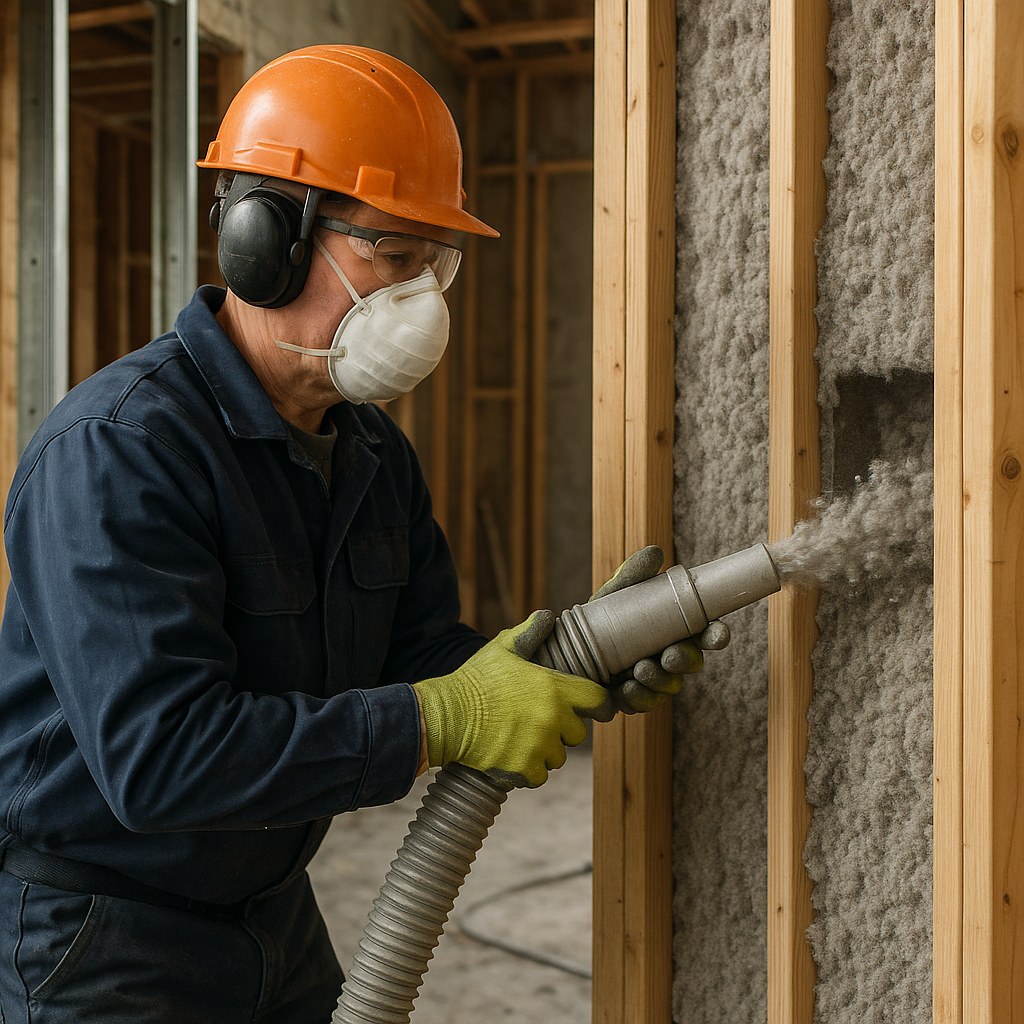How to Find and Fix Air Leaks in Your Walls
Loading content…
Loading content…
Is there a room in your house that just never seems to stay warm in the winter or cool in the summer? Do you feel a mysterious chilly draft even when all the windows and doors are shut tight? You’re not imagining it. Your walls might be leaking air.
These sneaky air leaks are more than just a minor annoyance; they're like tiny, open windows that let your conditioned air escape and the outside elements creep in. According to the U.S. Department of Energy, air leaks can account for a significant portion of your home's heating and cooling costs—sometimes as much as 25-40% of the energy used. That means you’re literally paying to heat or cool the outdoors.
The good news is that finding and fixing these leaks is often a straightforward DIY project that can make your home significantly more comfortable and energy-efficient. Think of it as putting on a proper windbreaker for your house.
In this guide, we'll walk you through how to play detective, hunt down those pesky drafts, and seal them up for good. Let’s get your home sealed up and cozy.

Before you can fix a leak, you have to find it. Air is invisible, so we need a way to see where it’s moving. The easiest and most effective way to do this at home is with a simple tool: an incense stick. It might sound a bit old-fashioned, but it works like a charm.
Here’s your game plan for becoming a draft detective:
Create a Controlled Environment: First, you want to maximize the pressure difference between inside and outside to make drafts more obvious.
Light Your Tool: Light an incense stick and let it smolder so it produces a steady, visible stream of smoke.
Begin the Hunt: Slowly and carefully move the smoking incense stick along common leak points in your walls. Pay close attention to:
Watch the Smoke: As you move the incense stick, watch the smoke trail. If it remains straight and rises vertically, there’s no draft. If the smoke wavers, gets blown sideways, or is sucked toward the wall, you’ve found an air leak!
Mark Your Targets: When you find a leak, mark the spot with a small piece of painter's tape. This will create a map of all the areas you need to address.
Once you’ve gone through the room or the entire house, you’ll have a clear picture of where your problem spots are. Now, it’s time to fix them.
Most air leaks happen where different materials meet or where holes have been cut into your walls. Let's tackle these easy wins first.
The frames around windows and doors are notorious for leaks. Over time, sealant cracks and weatherstripping compresses, leaving gaps for air to pass through.
You might be surprised by how much cold air can blow through your outlets, especially on exterior walls. These are essentially unsealed holes leading directly into your wall cavity.

Anywhere a utility has to pass through a wall is a potential air leak. This is common under sinks, behind appliances, and where your cable or internet line enters the house.
What if you’ve sealed all the obvious spots, but a wall still feels cold or drafty? In this case, the issue might not be a specific crack or gap but a lack of proper insulation inside the entire wall cavity. This is a more advanced project, but it can have the biggest impact on your home's comfort and efficiency.
Assessing your insulation can sometimes be done from an unfinished attic or basement. If you can access the top or bottom of the wall cavity, you may be able to see if the insulation is missing, compressed, or has settled over time.
For poorly insulated walls, the best solution is often adding blown-in insulation. This involves drilling small holes in the drywall and using a specialized blower to fill the stud cavities with cellulose or fiberglass insulation.
While renting a blower and doing it yourself is possible, this is often a job best left to the professionals. They can ensure the cavity is filled densely and evenly, without creating gaps or damaging your walls.

While most minor air leaks are perfect for a weekend DIY project, some situations require an expert. You should consider calling a professional if:
A professional energy auditor can perform a blower door test, which is a high-tech version of the incense stick test. They will depressurize your entire house to precisely measure the overall air leakage and use an infrared camera to pinpoint every single draft source.
Hiring a contractor to air-seal your home can cost between $300 to $2,000, depending on the size of your home and the extent of the work. While it's an investment, the long-term energy savings and improved comfort often make it worthwhile.
Fixing air leaks in your walls is one of the highest-return home improvement projects you can tackle. With just a few simple tools and a bit of time, you can make your home more comfortable, lower your energy bills, and even reduce outside noise.
Ready to take control of your home maintenance? Download the Casa app today! Our app provides easy-to-follow, step-by-step guides for hundreds of DIY home repairs. And for those bigger jobs, Casa connects you with a network of vetted, trusted professionals in your area. Stop letting your money leak out through the walls—let’s make your house the cozy sanctuary it should be.